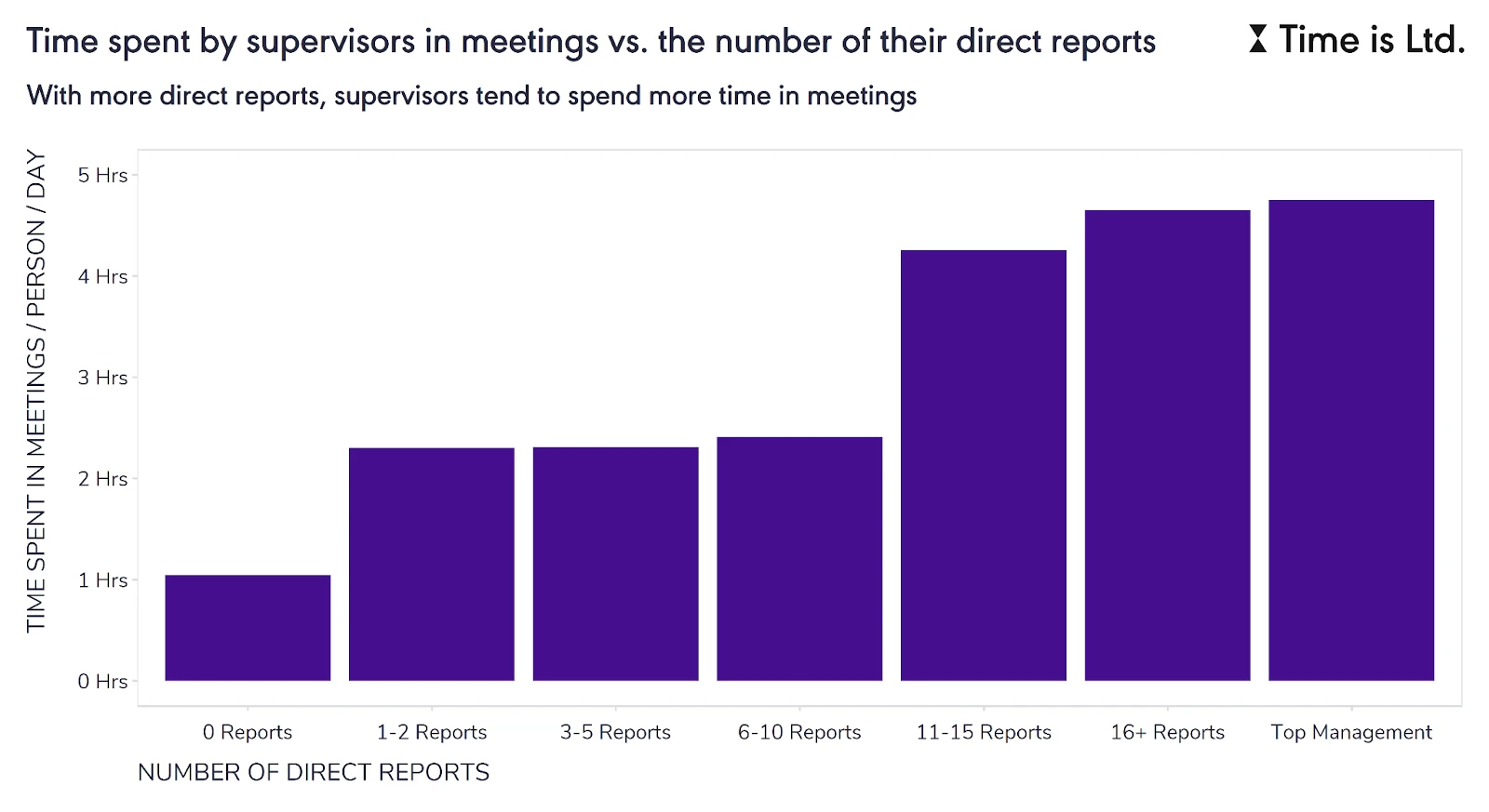
Since April 2021, more than 19 million US workers have voluntarily left their jobs in search of better opportunities in a wave of resignations called The Great Resignation. In order for employers to attract new talent, and more crucially, retain existing talent, they must understand the underlying causes of attrition and adapt to the evolving needs of their employees during this period of digital and cultural transformation.
There are many factors fueling The Great Resignation, which we will explore continuously on the blog. Today’s blog focuses on the role of poor meeting culture. For a more in-depth analysis of this topic, you can download our report.
Business leaders facing mass resignations and seeking to retain talent need to understand what employees actually want from their employers. According to a McKinsey report on The Great Resignation, employees report relational factors like a “sense of belonging” or being “valued by their organization” as most important, whereas employers report transactional factors like “inadequate compensation” or “looking for a better job” as most important. As stated in their report, “Employers must focus on the deeper employee experience and relational elements, while treating structural factors like pay and working models as table stakes.”
In our last blog, we discussed the onboarding process for Janice, a fictitious mid-level manager created to illustrate the challenges facing the employee experience. In her new role, she’s now spending over half her working time in meetings and struggling to find time for focused work. She frequently works after hours, cutting into her time with her family and friends, specifically her young children. She’s also in her late 30s, a key demographic driving the wave of resignations.
Meeting data on supervisors and the number of direct reports supports Janice’s day-to-day reality. According to Time is Ltd. data, someone with 12 direct reports like Janice spends over four hours a day in meetings and that number only increases as you add more direct reports. Her company needs to drastically improve its meeting culture, a critical first step towards building the relational component that is key to fighting attrition.

End After-Hours Meetings
After-hours meetings are unpleasant for any worker, but data shows that the more time someone spends in meetings, the more time they spend in after-hours meetings, which is especially troublesome for upper management and leadership that can log over 34 hours a month in meetings. Essentially, meetings beget more meetings.

Janice’s company can give her back her time by making after-hours meetings a thing of the past. Countries across Europe like France and Ireland are implementing “Right to Disconnect” laws, ruling that employees have no obligation to their work communications after working hours. This includes meetings. Companies like Dropbox have taken a different approach by instituting “nonlinear workdays” where employees have a 3-4 window each day to schedule meetings and are free to build the rest of their day around that time.

Make Meeting Time Intentional
Meetings can’t be avoided, but they can at least be more effective and fruitful for both employers and employees. Regular 1:1s meetings between direct reports and supervisors are highly recommended for discussing short and long-term goals, project objectives, and learning and career development. This is prime time for supervisors to build those relationships with their direct reports, but this time frequently falls victim to cancellations. According to Time is Ltd. data, 1:1 cancellations increased from 3.8% in October 2020 to 16.3% in September 2021. With more direct reports, time for 1:1s further dwindles.
Someone in Janice’s position only spends around 10 minutes a month with each direct report. It’s industry best practice to schedule regular 30 minute 1:1s twice a month with each direct report. Although Janice does not want to spend any more time in meetings, this dedicated time is important for her reports to evaluate their progress and get feedback, while building that relational component that so greatly impacts the employee experience. Combined with other smart meeting practices like creating and sticking to an agenda, and limiting the number of participants, Janice’s company will see an instant improvement in its meeting culture.

The best way to identify poor meeting culture is with data. The Time is Ltd. platform tracks 1:1s, as well as after-hours meetings, offering insights and areas of improvement for your organization. Meetings don’t have to be a drain when done the right way.



.svg)
.svg)
.svg)





